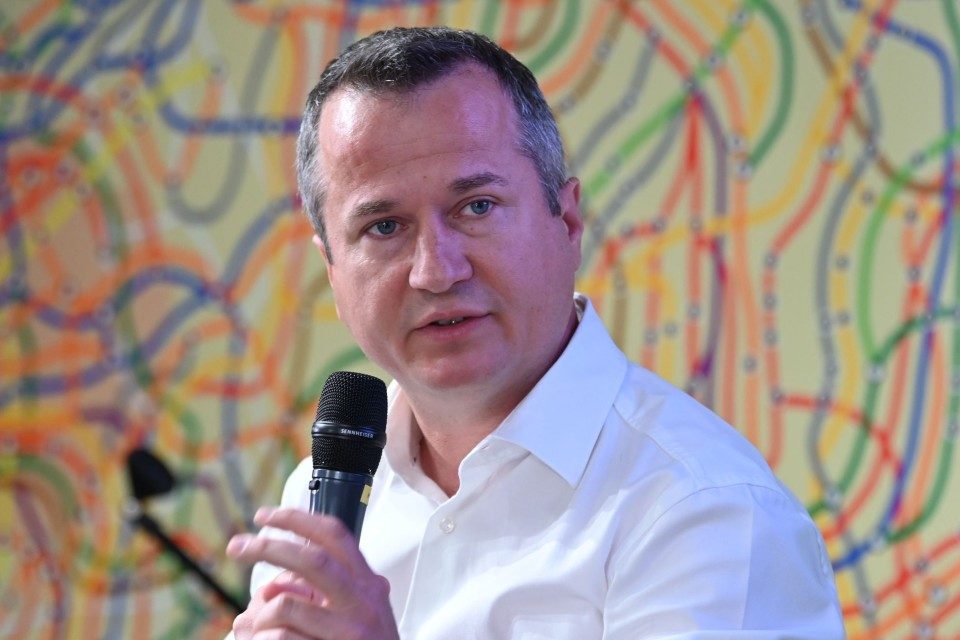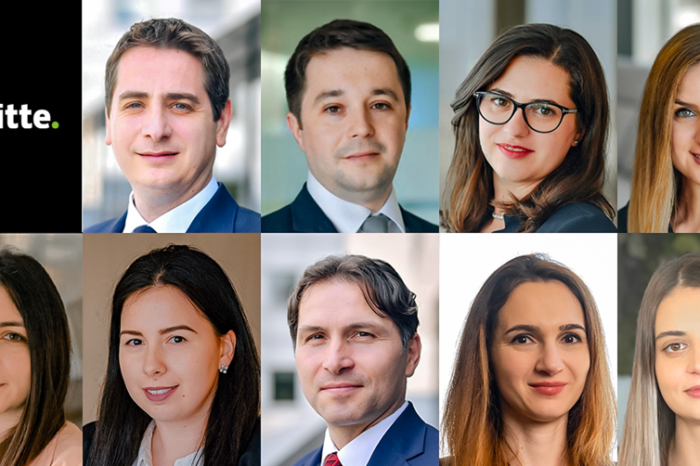Antoniu Panait, Vastint Romania: “Most of our tenants have reorganized their workspaces to increase the socializing component at the office”

“We are all aware of the much-discussed topic of ESG. All companies will be audited from an ESG point of view. There are many studies now that analyse EU requirements and companies’ targets to reduce their carbon footprint. Most of the targets are until 2030, which is very ambitious.
When we talk about buildings, the trend is the same. When companies are audited, they also analyse the carbon footprint of the office spaces, the energy source they have, etc.
Until recently we were talking about class A and class B buildings. A study by Cushman says that, at the European level, 76 percent of buildings are already ‘expired’ from an ESG point of view.
This means a very large volume of investment needed in the coming years so that the respective buildings are compatible and bring added value to the tenants from an auditing point of view,” Antoniu Panait, Managing Director, Vastint Romania said at Workplace of the Future conference organized by The Diplomat-Bucharest.
“Currently, we are already talking about a technology that allows us to eliminate the consumption of fossil fuels in office buildings. We have 100,000 square meters for rent in Bucharest in two projects, Timpuri Noi Square and Business Garden Bucharest.
At Timpuri Noi we have recently started the second phase – 64,000 rentable square meters – where for the first time we have completely eliminated the consumption of fossil fuel, so we no longer have a gas plant
In terms of technology, it’s an extraordinary thing for us as humanity to have reached this level. The question is how quickly we implement these new technologies and what steps will follow next. The buildings in the Vastint portfolio are in the top 5 green buildings in Romania.
Modern, energy-efficient buildings, developed to the highest standards, mean a much healthier working environment, with 100% fresh air. We are talking about thermally and acoustically efficient facades.
In addition to the spaces intended for tenants, we have external spaces that we prepare, adapt, and equip them with functionalities that can help to retain employees, to attract them to the office. We must find a balance between the benefits granted to the employees and the performances achieved by the companies. Companies have to run well and be profitable and we have to explain that to employees when we tell them they have to go back to the office.
Most of our tenants have remodelled and reorganized their workspaces in order to increase the socializing component at the office and brainstorming, co-creation processes, etc. I went through a process of transformation. Offices will not disappear, people need socialization, and office buildings are a central point in our lives. The location is very important, to have access to the subway, to have schools and kindergartens near the office. When we buy a land to develop an office project, we also consider these criteria to increase the comfort and satisfaction of the tenants.”













